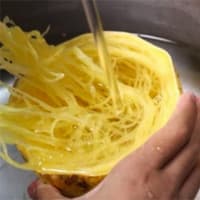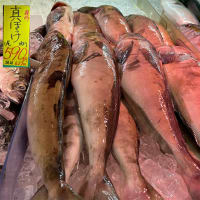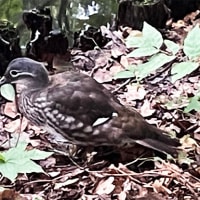


本日から関西圏の淡路島・淡路夢舞台の話題をシリーズで。
淡路夢舞台は、関西空港建設での埋め立て用土砂の採掘跡地を蘇らせるという自然破壊からの環境再生を目的に、建築家・安藤忠雄によって設計された複合施設。氏の建築空間の代表作とも言われる。
たまたま淡路夢舞台にあるホテル、グランドニッコー淡路に宿泊。安藤建築は関西圏ではたくさん接していてやはり好感を持っている建築空間設計者。しかし関西には距離感もあってこの「淡路夢舞台」について事前知識はあまりなかった。ホテルからの回遊式通路室に情報が掲出されていて安藤氏の構想スケッチなども参観。しかしじっくりと整理する時間はなく、今回ようやく写真や情報を整理して全体像を再構成。
世間的には何周も遅れての体験ですが、その空気感も含めてまとめておきたい。感じたこと、掘り下げるところなど自分の体験をベースにブログ連載としては最適かと思える次第。まずは淡路夢舞台の地形的な事情や歴史について掘り下げるところからはじめたいと思います。

この淡路夢舞台は上のGoogleMap地図の地理位置(赤いマークの位置)。関西圏全体としての経済活性化策として1994年に開港した「関西空港」。わたしもよく関西圏に行くのに利用します。世界からの関西圏玄関口として非常に大きな位置。この海上空港の建設に当たって当然ながら、埋め立てのために大量の土砂が必要。
関西圏でこうした大規模開発事業が行われるときには瀬戸内海地域の島嶼から資源が徴用されることは、歴史的に連綿と続けられてきた。土砂や岩石運搬には海上交通がもっともコストが安い。大阪城石垣は瀬戸内海諸島からの岩石が徴用された。同様のことが1994年当時も活発に行われこの淡路島東岸の「夢舞台」地域から大量の土砂が採掘され利用された。

結果、この風光明媚な淡路島の東岸地域は激しく自然破壊された。こうして破壊された跡地をさてどう再生させていくのか、今回ブログシリーズはそのプロセスと状況ルポ。<以下明日以降>
English version⬇
Awaji Yumebutai: Environmental Restoration from Destruction of Nature by Kansai International Airport Construction - 1
Osaka Castle stone walls were mined in large quantities from islands in the Seto Inland Sea. The modern KIX also destroyed nature, including Awaji Island. This is a report on the restoration of the Yumebutai. The reportage of "Yumebutai", its restoration.
Today we begin a series on Awaji Yumebutai, Awaji Island in the Kansai region. Awaji Yumebutai is a complex designed by architect Tadao Ando for the purpose of environmental restoration from the destruction of nature by revitalizing a former landfill site for the construction of Kansai Airport. It is said to be one of Mr. Ando's masterpieces of architectural space.
I happened to stay at the Grand Nikko Awaji, a hotel in Awaji Yumebutai. I have come in contact with many Ando architects in the Kansai region, and I have a good impression of him as a designer of architectural space. However, due to my distance from the Kansai region, I did not have much prior knowledge of the Awaji Yumebutai. I saw the information posted in the circulation room from the hotel, and saw Mr. Ando's conceptual sketches. However, I did not have time to take the time to carefully organize the information, and this time I finally sorted through the photos and information to reconstruct the entire picture. Although I experienced the event many laps behind the rest of the world, I would like to summarize my experience, including the atmosphere of the event. I thought it would be best for a blog series based on my own experience, including what I felt and what I dug into. I would like to start by delving into the topographical situation and history of Awaji Yumebutai.
This Awaji Yumebutai is the geographic location (marked in red) on the GoogleMap map above. Kansai Airport opened in 1994 as a measure to revitalize the economy of the Kansai region as a whole. I often use the airport to go to the Kansai region. The airport is located in a very important position as the gateway to the Kansai region from the rest of the world. Naturally, the construction of this offshore airport requires a large amount of earth and sand for land reclamation. Whenever such large-scale development projects are undertaken in the Kansai region, resources are requisitioned from islands in the Seto Inland Sea area, a practice that has continued throughout history. Marine transportation is the most cost-effective way to transport earth, sand, and rocks. The stone walls of Osaka Castle were built using rocks from the islands of the Seto Inland Sea. Similar activities were actively carried out in 1994, when a large amount of earth and sand was mined and used from the Yumebutai area on the east coast of Awaji Island.
As a result, the scenic east coast of Awaji Island was severely destroyed. In this blog series, we report on the process and situation of how to restore the destroyed site.
<The following is a report on the process and situation.>



















